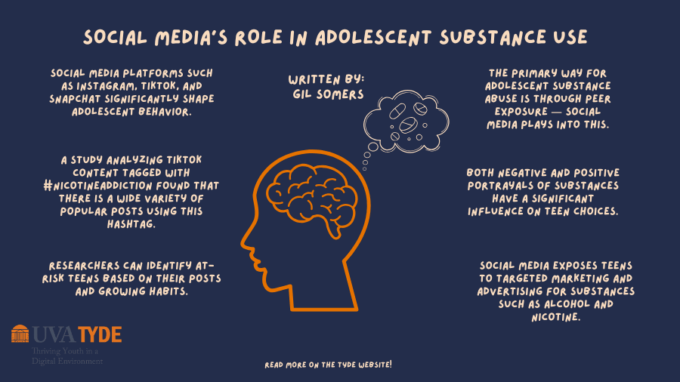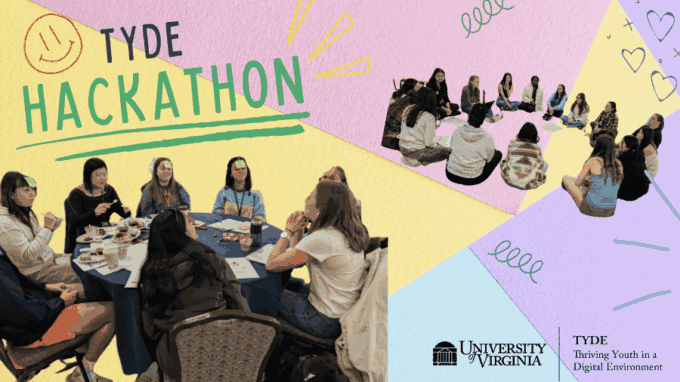by Aarya Kamarkar
With the incoming wind of Autumn, thoughts naturally turned to the color change of leaves, the passage of time against the dwindling daylight, and the crippling adolescent mental health crisis in the digital world (and more devastatingly yet), the data that remained limited, despite our efforts doomscrolling for a few Octobers now.
It seemed a paradox that, despite strides in technological advancement since the rise of social media, the problem with mental health remained widely at a stasis for the past few years.
This could have been due to a lack of traction around it in recent months, with the paralleled emergence of Artificial Intelligence and the like, and therefore, a need for more efforts in producing new data to further the information on what seemed as already known old news.
The 9th Youth-Nex Conference, in collaboration with TYDE, strove to address the issue at large by converging professionals, researchers, policymakers, and students to discuss the problems over the course of multiple panels and facilitated discussions. The conference spanned the topics of Youth Voices, Digital Spaces and Youth Identity Development, Technology for Youth Mental Health Equity, and the impact of Policy on Technology and Youth Mental Health. In such a way, it aimed to gain a wide range of voices, perspectives, and research in addressing the complex and multifaceted topic of youth mental health and technology, as well as its implications on the future of the rapidly progressing digital era.
A significant part of the conference was exploring how the information and research on all ends is often widely seen as a definitive postulate to the use of social media, and is, in reality, far more complex than often presented.
Therefore, a holistic approach is needed to best quantify these impacts on all sides, and establish clear nuanced data on the many afflicting factors of social media, which has been explored in recent studies such as an analysis on adolescent usage of technology.
On a broader scale, this connects to the very nature of technology, which has shifted the way communication and information are presented at large beyond the digital sphere. In today’s age of scrolling past research books, nuance is all but lost in the short-form, headline-based nature of many forms of content, even those meant to be informative.
Where a daily news snippet or YouTube video could be seen as a complete and credible source of news or scientific information without accounting for the origin of the media, it can be difficult to separate information, especially if otherwise uniform.
Particularly, this comes into play when information is spun out of context into these pieces of digestible content or memes, which could lead to a widespread propagation of content that is only partially true.
However, social media’s sheer extent of impact if utilized correctly can prove a useful tool to researchers and advocates, alike. Suppose a balance of incisive information and an appealing presentation is reached. In that case, informative content can be disseminated in a way that appeals to the public and inspires widespread curiosity for further research.
With technology and the mental health crisis, the spread of this information through social media can not only address the afflicted youth but also exemplify the potential for the medium as a positive outlet for communication.
In an age of digital advancement, the trajectory of communication itself hangs in the balance of utilizing technology to elevate the future, online and off.
Aarya Karmarkar is a freshman attending Maggie Walker Governor’s School for Government and International Studies. A student researcher interested in health science, Aarya has been recognized for her studies by many science symposiums such as the Virginia Junior Academy of Science, and is the founder and co-president of the Society for Scientific Research program at her school. With her passion for writing, she started a newsletter and has since penned several science articles, including those in her school press, the Jabberwock, the Pulitzer Center, and now UVA’s Youth-Nex and TYDE Blogs. Recently, Aarya was a presenter for the ninth iteration of the national Youth-Nex Conference, co-sponsored by TYDE, where she enjoyed discussing and learning about the multiple perspectives and factors on the evolving topic of Technology and Youth Mental Health. Aarya is currently the Opportunities Manager of the Virginia Department of Health (VDH) Youth Advisory Council, where she uses her experience in data science to disseminate opportunities with fellow board members across many scopes of health and social sciences, particularly those affecting the youth communities. In addition to being a master procrastinator, she enjoys badminton, debate, and creative writing and spends much of her time amidst medical journals chasing down jargon-filled rabbit holes.



